Our goal as copywriters is never just to slap words on the page. It’s to create artistic appeal through language and persuasive guidance. And these copywriting tips will help you do that.
In this post, we’re going to go through our top seven copywriting tips for developing killer copy that converts your audience.
What Is High-Converting Copy?
High-converting copywriting refers to creating written content that persuades and compels readers to take a specific action, ultimately leading to a desired outcome.
Whether it’s making a purchase, subscribing to a newsletter or filling out a form, high-converting copy is designed to influence and guide the reader toward that specific call to action.
At its core, high-converting copywriting revolves around understanding the target audience deeply. It involves knowing their pain points, desires, motivations, and objections.
7 Copywriting Tips for Creating High-Converting Copy
Now let’s go through seven easy hacks to write better copy, increase your ranking and convert your readers.
1) Comparison: Emphasize Your Unique Selling Points
When it comes to copywriting, one of the most effective techniques for crafting high-converting content is by emphasizing your unique selling points through comparisons.
Start by conducting thorough market research to understand your competitors and identify what sets your product or service apart. Is it superior quality, lower pricing, faster delivery or unmatched customer service?

Once you’ve identified your unique selling points, incorporate them into your copy strategically. Use persuasive language to highlight how your offering outperforms your competitors. For example, use phrases like:
- “Unlike our competitors, our product offers…”
- “Our service is more cost-effective compared to others.”
When you contrast your brand’s products or services with your competitors (in a non-slanderous way), you will add weight to the argument that your solution is preferable to the other options available to your prospects.
2) Anchoring: Set the Right Price Perception
Your audience’s impression of the value of your goods can be a major component of how they interpret your brand and its offers. That’s where the notion of price anchoring comes into play.
To leverage the anchoring effect in your copy, start by presenting a higher price point first. This initial high price sets the reference point in the customer’s mind. Then, follow it up with a more favorable price for your product or service.
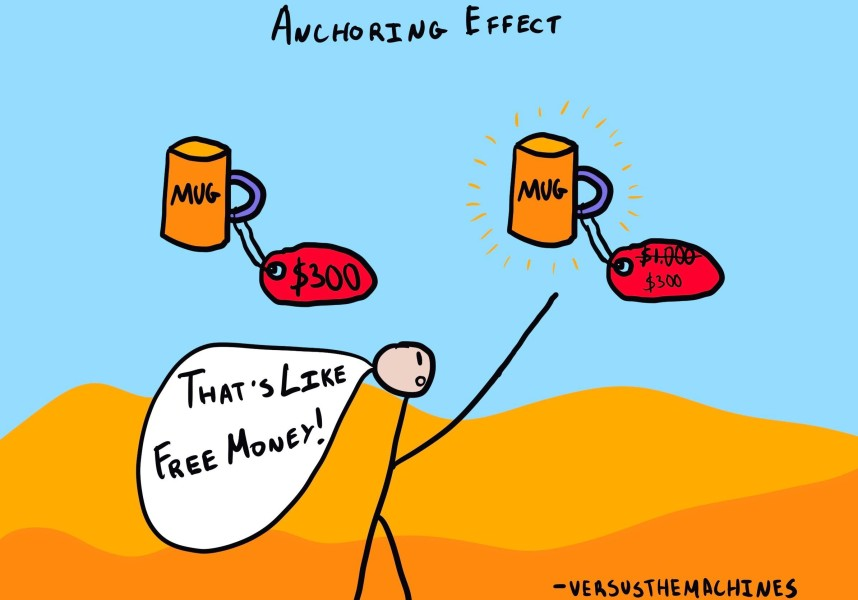
For instance, if you’re rolling out a new product, it’s worth noting how much the product could retail for based on its inherent quality, positing that you’re delivering the product at a discounted rate.
This age-old technique creates a sense of value and makes the discounted price seem like an irresistible offer.
The goal here is to strike a balance between creating perceived value and ensuring your pricing remains competitive in a crowded market.
3) Testimonials: Build Trust with Social Proof
Testimonials are a powerful social tool for building trust with your audience. They’re the opportunity to step out of the limelight and let your prior customers advocate for you instead. Word of mouth marketing is another way to put it:
![Word of Mouth Marketing: Why It's So Amazing [6+ Strategies]](https://referralrock.com/blog/wp-content/uploads/2018/02/koronapos-wom.png)
Word-of-mouth marketing is one of the best ways of winning over your audience. To that end, you ought to include testimonials on your site that demonstrate the satisfaction of past customers.
Conveniently, there’s little copywriting to be done with this approach, as it’s largely done by your customers. We do however strongly recommend that you edit and clean up your customers’ testimonials for grammar and phrasing errors, as those can be detracting for your audience.
To maximize their impact, focus on showcasing transformational testimonials that highlight real-life success stories. For example, let’s say you sell a fitness product, specifically a supplement.
Feature testimonials from customers who have experienced significant changes in their health and appearance. Share before and after photos, along with heartfelt accounts of how your product helped them achieve their goals:
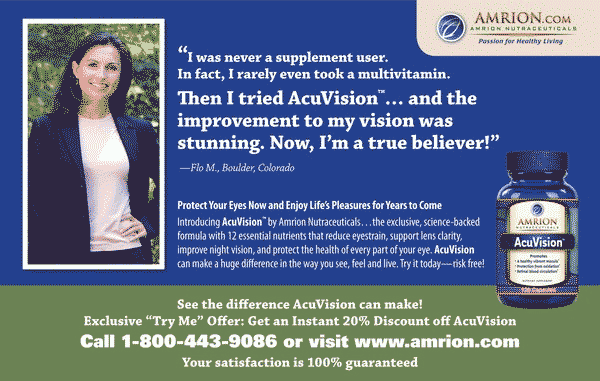
Here’s an example of how some user testimonials might look on a website:
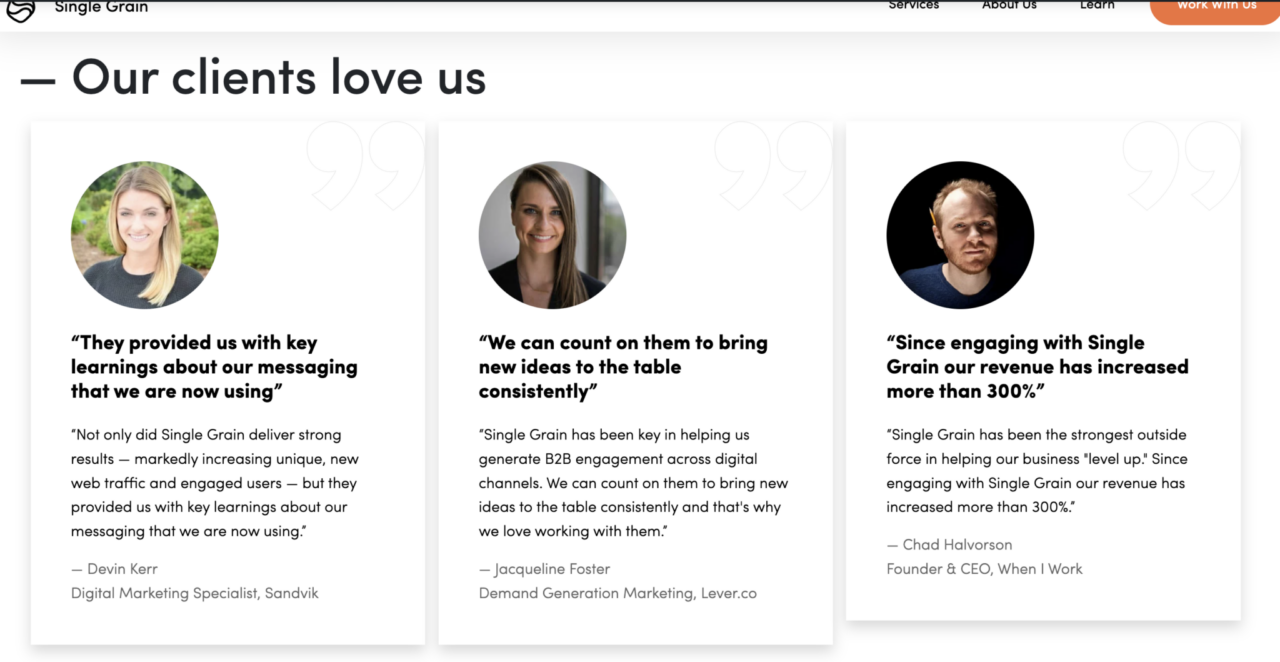
These transformational stories serve as tangible proof of your product’s effectiveness and build credibility. People are usually a lot more likely to trust the experiences of others, especially when they see relatable stories of success.
For more inspiration on testimonials and other kinds of social proof, including Expert’s Stamp of Approval, Celebrity Endorsement and User Testimonials, HubSpot conveniently aggregates a list of ideas here.
Learn More: How to Get as Many Testimonials as Possible from Your Customers
4) Objection Handlers: Address Customer Concerns
In copywriting, addressing customer objections head-on is an effective way to overcome barriers to conversion. Conduct surveys or gather feedback from customers to understand their hesitations or concerns about your product or service.
Create a list of the most common objections and integrate them into your copy. Offer solutions or guarantees to alleviate their doubts.
For instance, if customers are unsure about making a purchase, assure them with a money-back guarantee or a risk-free trial in your copy. You can also create an FAQ section on your website that addresses these objections comprehensively.
If you proactively provide answers to potential concerns, you demonstrate transparency and build trust with your audience.
5) Utilize Data: Leverage Numbers and Graphs
Data-driven copywriting can add credibility and persuasiveness to your content. When presenting claims or making statements, support them with relevant data, statistics and graphs.
According to studies, seeing a graph like this one made more people believe in the drug’s efficacy than just reading about it:
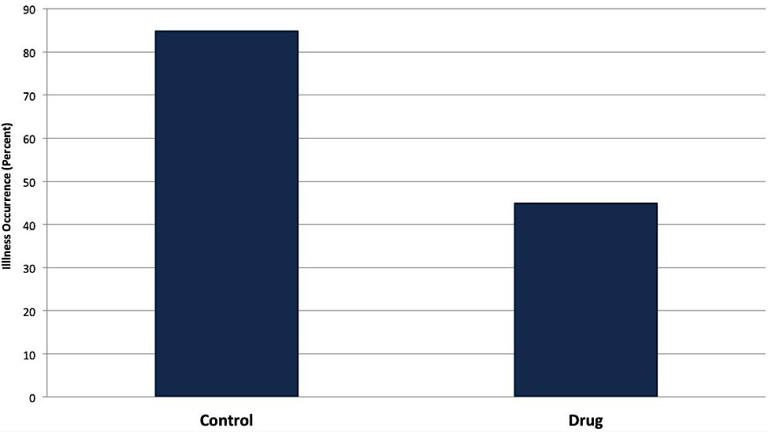
For example, if you’re promoting a software product, use data to showcase the percentage of users who experienced significant improvements in their productivity after using your software. Incorporate visually appealing graphs to illustrate the data and make it more compelling.
6) Optimize Your Headline: Grab Attention from the Start
Your headline is the gateway to your content. It should be attention-grabbing, engaging and relevant to your target audience’s pain points. Spend time creating compelling headlines that convey the main benefit of your product or service.
Use powerful language, action words, and emotional triggers to evoke curiosity and interest in your audience. Address the problem you’re solving and promise a solution within the headline:
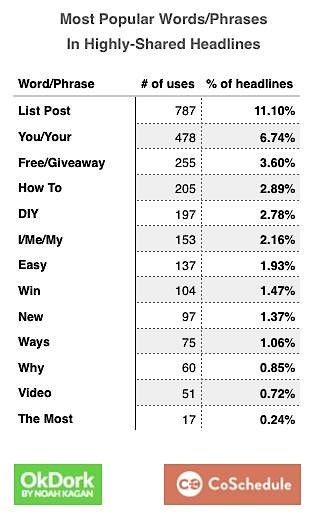
To find the most effective headline, run A/B tests and analyze the data to see which version performs best with your audience. Continually tweak and iterate on the variant that performs best, further refining the language of your pages for optimal conversion potential.
7) Tell Engaging Stories: Connect Emotionally with Your Audience
Storytelling is a timeless and effective technique in copywriting. People connect emotionally with stories, making them more memorable and impactful.
Consider incorporating personal anecdotes, customer success stories, or industry-related narratives into your copy. Use descriptive language and vivid imagery to paint a picture in the minds of your readers.
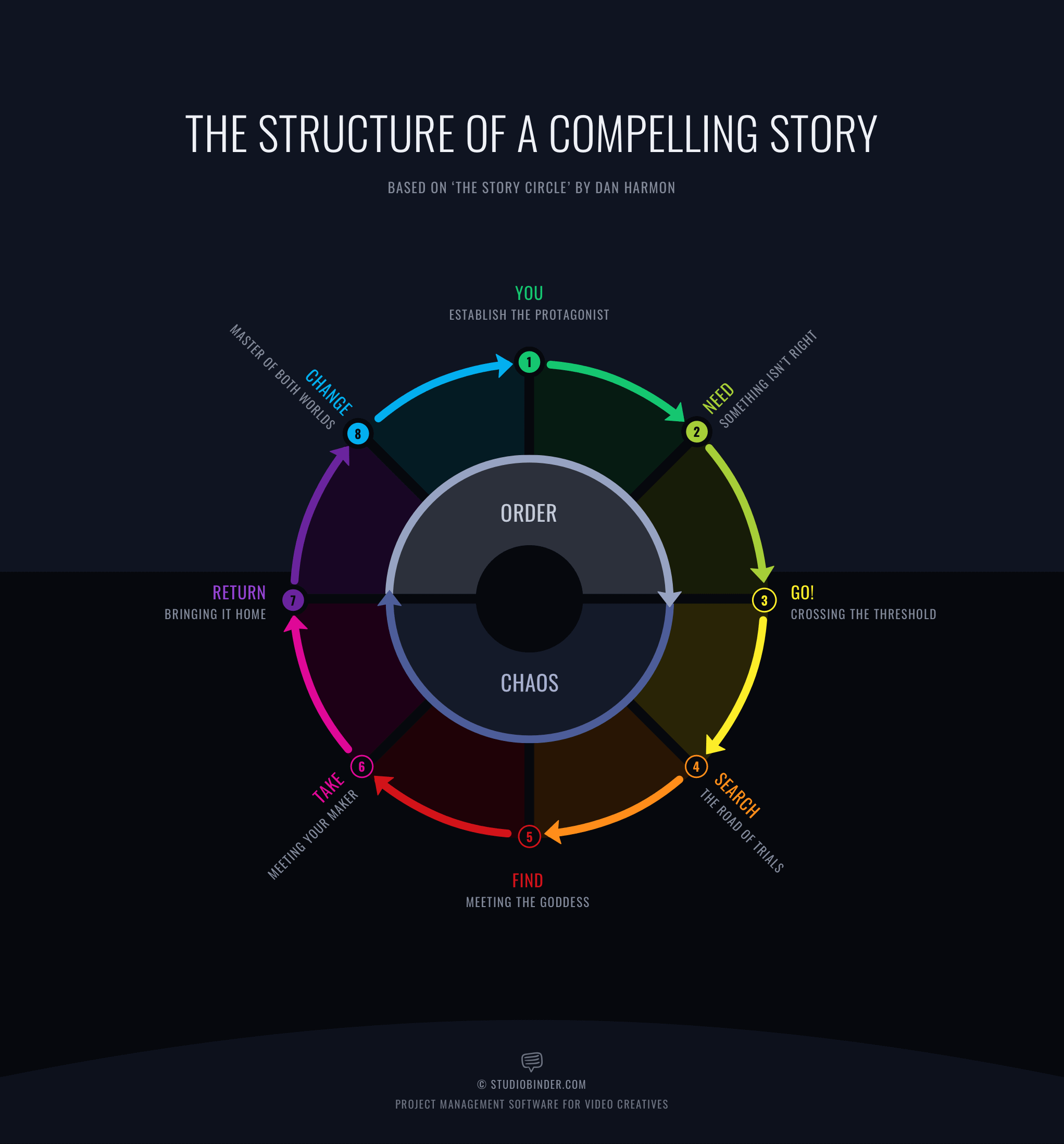
Keep your writing engaging by using short paragraphs and varying sentence lengths to maintain a good flow. Inject your personality into the content to make it relatable and authentic.
By mastering the art of storytelling, you can create a deeper emotional connection with your audience, fostering loyalty and driving conversions.
Bonus – Generative AI: Developing Copy Ideas with ChatGPT
We can’t leave you without addressing the obvious elephant in the room, which is ChatGPT or generative AI tools in general.
ChatGPT conveniently shortcuts a lot of the minutiae of copywriting by helping writers develop outlines and lists of content samples from which they can select and refine the best outputs.
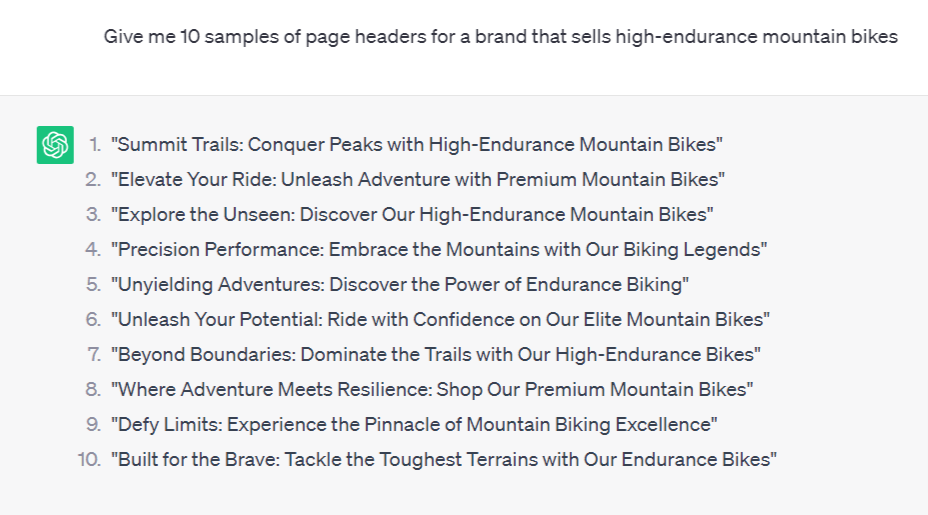
Whether it’s brainstorming captivating headlines, refining product descriptions, or developing persuasive CTAs, ChatGPT can effortlessly churn out a multitude of ideas.
In using a tool like this, copywriters can explore various approaches to tailor their content to the target audience’s preferences. This AI-driven collaboration enables copywriters to break through writer’s block, explore unique angles, and experiment with different tones and styles.
Furthermore, ChatGPT’s ability to process vast amounts of information quickly means that copywriters can access a wide range of data and statistics to reinforce their claims or build data-driven arguments.
This enhances the credibility of the copy and helps in crafting persuasive and compelling content.
Learn More: How to Use ChatGPT for Powerful Content Creation (+ Examples!)
Last Words on Copywriting Tips to Fuel Your Creative Process
Crafting high-converting copy is an art that requires a combination of creativity, persuasion, and a deep understanding of your target audience.
When you correlate all of the contents of comparison, anchoring, testimonials, objection handlers, data, optimized headlines, and engaging storytelling, you can enhance your copywriting skills and create compelling content that drives conversions.
So, don’t hesitate to implement these powerful copywriting tips to elevate your writing and achieve success in your marketing endeavors.
If you need help creating high-quality content that’s optimized for search engines, Single Grain’s SEO copywriting experts can help!👇
Repurposed from our Marketing School podcast.



